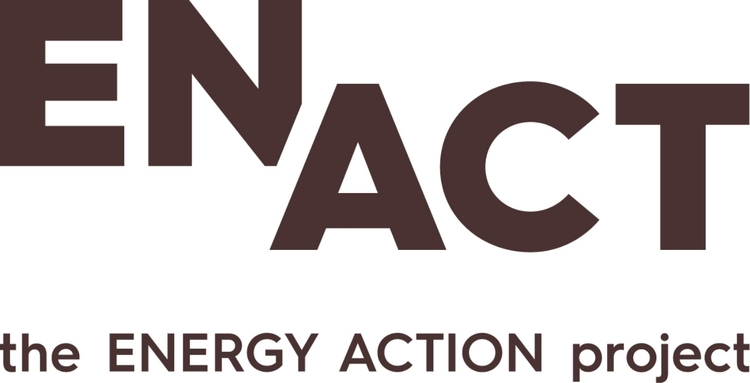The Passive House Center project fights energy poverty and high energy costs by supporting integration of passive standard principles for new energy efficient housing or refurbishment of existing buildings that have the largest energy consumption bills.
Recognising that people spend more than 80 - 90% of their time in buildings, the Passive House Center (PHC) aims to help socially disadvantaged groups access affordable housing and prevent (sometimes repeated) loss of housing while also ensuring healthy indoor spaces. By applying passive standard and efficient technologies. The PHD helps to make housing cheaper and healthier, reducing the risk of diseases caused by poorly ventilated rooms with high levels of carbon dioxide (CO2) and other harmful substances.
Importantly, the project advocates innovative financing models of social housing and improves awareness on energy management for vulnerable families.
While poverty in general is low in the Czech Republic compared with other EU countries, legislation puts those who rely on social housing at risk for energy poverty. The law allows private organisations to exploit generous state subsidies for accommodating people in need, but much of the accommodation provided is very low quality. In 2015, some 652 000 people received state financial aid for housing; of a total €455 million, 60% was estimated to be directed towards energy expenses.
A key element of the project, which is unparalleled in the Czech Republic, is incentives for efficient use of public resources, both in the area of investment and in the provision of social housing services. Investments will be made to safeguard savings in the future for both service users and investors. For service users, lower housing costs will reduce the risk of being in energy poverty; on the side of the investor / service provider, the initial investment will reduce the future cost of operations.
While moving forward, the Passive House Center will focus on three main areas:
Funding: seeking alternative sources of project funding.
Strategy: addressing the causes of energy poverty among target groups and supporting system solutions.
Marketing and communication: securing support for networking and public awareness campaigns targeting the general public.
Passive House Center is one of 15 finalists in the Social Innovation to Tackle Fuel Poverty Initiative, launched by the Schneider Electric Foundation, the Ashoka Foundation, and Enel Group.

